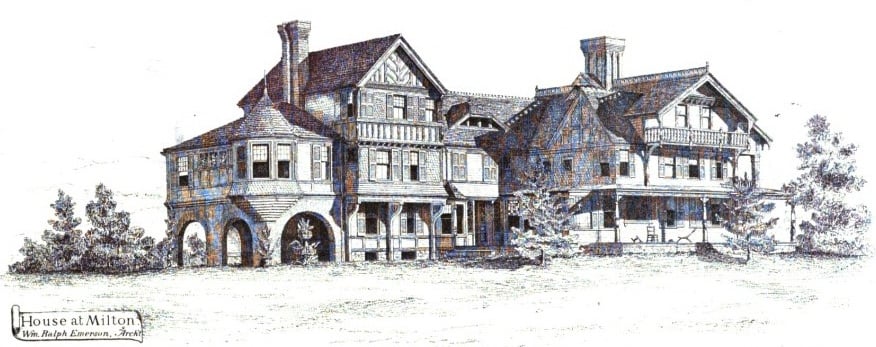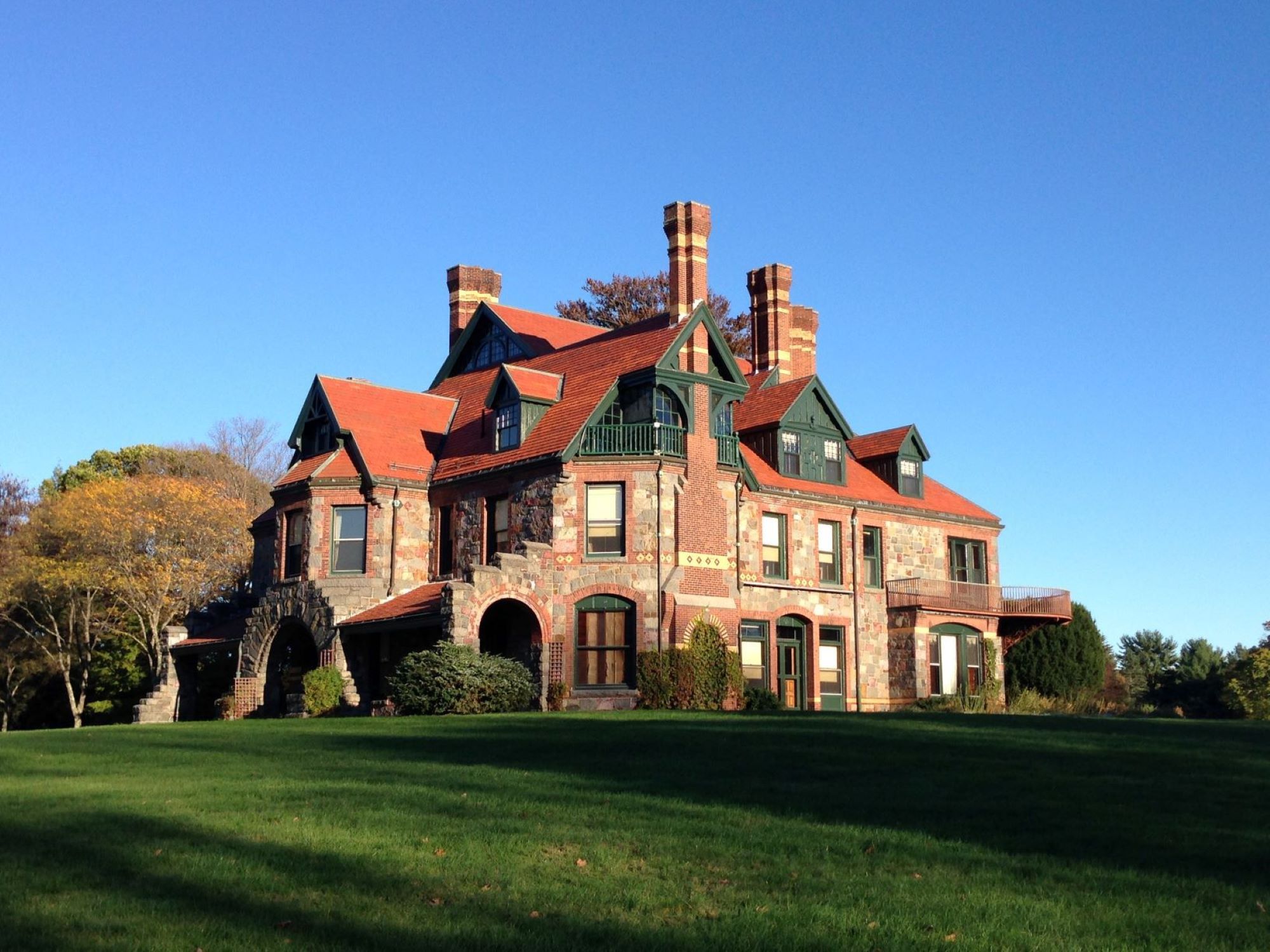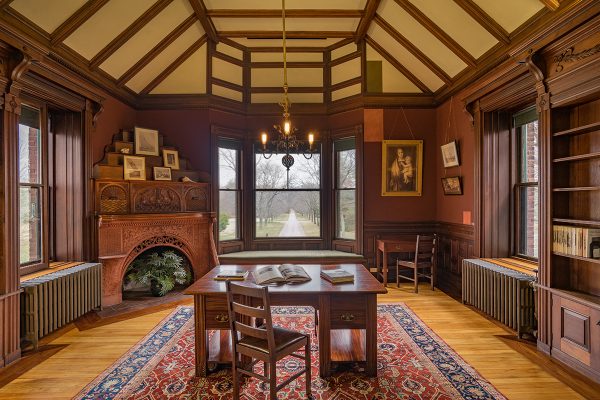

The work included updating interior mechanical systems, conserving original paint and varnish surfaces in the principal interior spaces, refurbishing original gaslight fixtures, and bringing back portraits and appropriate furnishings from the Shrewsbury family.

Windle bequeathed the house to Historic Madison, Inc., which she had helped found.Īfter commissioning an Historic Structure Report, Historic Madison initiated a comprehensive four-year, $2 million interior and exterior restoration.

The third owners, John and Ann Windle, acquired the house in 1948 in dilapidated condition, restored it, and operated an antique shop there for over 50 years. The interior featured a spectacular three-story spiral staircase, Corinthian columns, elaborate plaster moldings, and carved woodwork. A resource library, interactive audio-visual installations, and guided tours shape the visitor’s experience of the home’s history and restoration process.Ģ018 AWARD for the meticulous restoration by Historic Madison of the exterior and interior of this 1849 Greek Revival National Historic Landmark, now a house museum and events center.Īrchitect Francis Costigan designed this important Greek Revival house for the family of Charles and Ellen Shrewsbury in 1849. Period furnishings, supplementing original furniture, came from Historic New England’s collections and provide a living, working experience of the house for visitors. Hand-ground and hand-mixed paints recreated the saturated palettes characteristic of the Aesthetic Movement. Meticulous research and analysis made possible to recovery of original interior paint colors and surface finishes. The Eustis Estate is listed on the National Register of Historic Places.Ī $5 million renovation program begun in 2014 included replacement of mechanical systems, adaptation of ancillary onsite structures as office space, and creation of a visitor’s center in a former garage. Family ownership continued until 2012, when the property was sold to Historic New England, along with extensive family documents, for preservation and museum use. Landscape architect Ernest Bowditch developed a comprehensive plan for the extensive gardens and grounds at that time. The interior featured a three-story great hall and stained glass windows. William Ellery Channing Eustis and Edith Hemenway Eustis commissioned noted Boston architect William Ralph Emerson to design this lavish 34-room Queen Anne residence in 1878 with outbuildings on 80 acres in the Boston suburb of Milton. The afternoon will be spent sketching the exterior as it relates to the landscape.ĥ.5 AIA CES Learning Units|Elective & 5.Eustis Estate & Museum Milton, MassachusettsĪWARD for the state-of-the-art exterior and interior restoration by Historic New England of this 1878 Queen Anne mansion, including outbuildings and gardens, with public access enhanced by a visitors’ center and comprehensive interpretive programs. The morning session will be spent drawing the interior of the house with special attention to the architectural details. The program focuses on the enduring vitality and continuity of the classical tradition through the means of observational and analytical drawing. One may take a thousand photos of a subject and may not know it…but if one spends some time drawing the same object …you will have it in your mind forever.

Participants follow in the great tradition of architects and artists who have learned from drawing in situ. Ralph Emerson and built in 1878 will allow the student a rare opportunity to study an intact late 19th-century exterior and interior. The Eustis Estate designed by renowned Boston architect W. Sketching historic sites provides participants with practical knowledge of tradition as manifest in the architecture.


 0 kommentar(er)
0 kommentar(er)
